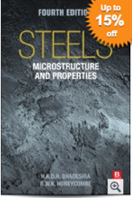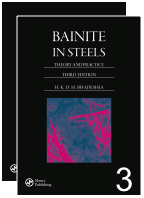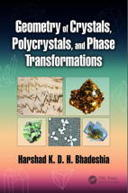

This is at the University Museum. Amethyst, a purple variety of quartz.




A goniometer belonging to Friedrich Mohs

A goniometer for large crystals, belonging to Friedrich Mohs

Friedrich Mohs' crystal testing set.

A Laue diffraction pattern

A large kidney stone, extracted from a dog.

A variety of silica minerals.

Native gold.

Native gold.



Handwritten laboratory notes.




Dolomite (calcium magnesium carbonate)





Aragonite (calcium carbonate)



Garnet


Friedrich Mohs' equipment, admired by Thomas Boellinghaus

The goniometers again.

Friedrich Mohs' laboratory notes, handwritten. Amongst other things, he invented the Mohs' scale for hardness, diamond being 10 and Talc being 1. This was in 1822, in Graz. Iron is between 4 and 5 on this scale, although this clearly depends on microstructure. For example, a hardened steel file has a Mohs' hardness in excess of 7.

The gentleman on the right is the excellent guide who explained all the detail.




Kunsthaus Graz. Currently houses a modern art display involving motion. London architects Peter Cook and Colin Fournier created this impressive synthesis which unites innovative design with the historic setting of this urban district along the Mur river.

This photo courtesy of Mark Harzenmoser!

A tetrakaidecahedron has eight hexagons and six squares as sides. In this displacy, the sticks which form the sides of an octahedron, tetrahedron and cube disassemble and reassemble into a tetrakaidecahedron. Brilliant! I was not supposed to take a photograph!



